Walk into your favorite coffee shop and you’ll feel it right away: the barista remembers your name, your usual order, and that presentation you were stressed about last week. It’s a small moment, but it leaves a big impression—you feel recognized, understood, and genuinely valued. That’s customer centricity.
And while it’s easy to picture in a neighborhood café, the same principle applies to any business. The best customer experiences don’t happen by accident, they happen when an organization builds systems, habits, and decisions around what customers actually need—not just what’s convenient internally.
The real challenge is turning that mindset into a culture. How do you make “customer-first” something people live day to day, across every team and every touchpoint?
In this guide, we’ll define what a customer-centric culture really is (and what it isn’t), why it matters more than ever, and what it takes to build one—from leadership behaviors to team practices to the way you measure success. Expect practical takeaways, clear examples, and steps you can start applying right away.
What Is a Customer-Centric Culture?
It’s more than just good customer service.
When we talk about customer centricity, we’re not just talking about friendly frontline employees or a well-staffed support team. A customer-centric culture is the shared mindset across the entire organization that customer success guides how you make decisions, design processes, and measure results—from product and marketing to billing, operations, and leadership.
In practice, it means you consistently view your business through the customer’s lens:
- How will this change affect the customer experience?
- Does this remove friction or add it?
- Are we solving a real customer problem—and solving it well?
A truly customer-centric culture aligns your people, processes, and priorities around delivering value customers can feel at every touchpoint, not just when something goes wrong.
What it isn’t
Customer centricity is often misunderstood. It’s not:
- “Great customer service” alone. Support matters, but culture is what happens across every team, not just in the customer support department.
- “The customer is always right.” Being customer-centric doesn’t mean saying yes to everything—it means making smart decisions that create mutual value.
- A slogan or a set of values on a wall. If incentives, metrics, and leadership behaviors don’t back it up, it’s not culture.
- Customer obsession at the expense of the business. A customer-centric company protects sustainability, too, with clear boundaries, consistent policies, and scalable experiences.
Why it matters more now
In recent years, the balance of power has shifted. Customers have more options, more information, and less patience for friction. That means quality products are still essential—but they’re no longer enough on their own. The companies that stand out are the ones that build a culture where improving the customer experience isn’t a project, it’s how the organization operates.
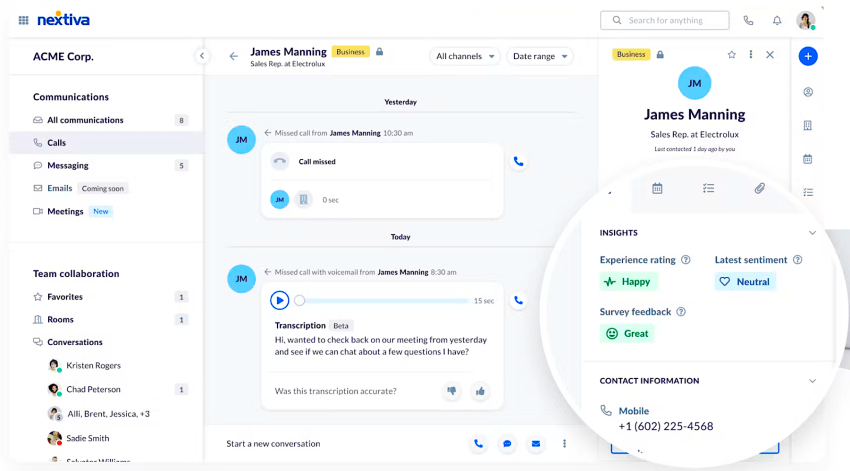
Benefits of a Customer-Centric Culture: The Business Case
A customer-centric culture isn’t a “nice-to-have.” When customer success genuinely guides decisions across teams, it shows up in measurable business outcomes: stronger growth, better retention, and a brand people choose (and stick with) even when competitors are loud and cheap.
Here are the most important benefits of a customer-centric culture.
1) Faster revenue and profit growth
Organizations that build around customers tend to outperform because they make smarter bets—on what to improve, what to simplify, and what to stop doing. In Forrester’s 2024 US Customer Experience Index research, customer-obsessed organizations reported 41% faster revenue growth and 49% faster profit growth compared with non-customer-obsessed organizations.
2) Better retention and reduced churn
Customer-centric cultures don’t just “fix tickets.” They reduce friction upstream (product, process, policies), which keeps customers from quietly leaving. In the same Forrester research, customer-obsessed organizations reported 51% better customer retention than non-customer-obsessed organizations.
And the stakes are real: Zendesk reports that more than 50% of consumers will switch after only one bad experience, and 73% will switch after multiple bad experiences. A customer-centric culture helps you prevent those moments from happening in the first place.

3) Stronger differentiation in crowded markets
When products are easy to compare and competitors are one click away, experience becomes the separator. In Salesforce’s “State of the Connected Customer” report, they found that 80% of customers say the experience a company provides is as important as its products and services—meaning “how it feels to do business with you” is part of what customers are buying.
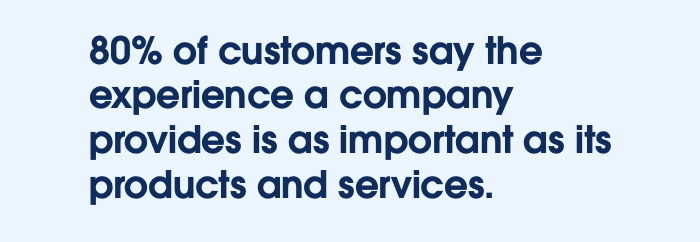
4) More loyalty and advocacy
Customer-centric cultures create consistency: fewer unpleasant surprises, smoother handoffs, clearer communication, and quicker resolution when things go wrong. That consistency builds trust, and trust turns customers into repeat buyers and referrers—i.e, the growth channel you don’t have to pay for every time.
The Building Blocks of a Customer-Centric Culture
Now that we understand the ‘what’ and ‘why’ of customer-centricity, let’s delve into the ‘how’. Building a customer-centric culture involves several key components:
1. Leadership commitment
Customer-centricity starts at the top. Without buy-in and active championing from leadership, efforts to become customer-centric will likely fall flat.
Action steps:
- Make customer-centric values a core part of your company culture.
- Regularly communicate the importance of customer obsession to all employees.
- Lead by example in prioritizing customer needs.
2. Employee engagement
Your employees are the face of your company to your customers. Empower them to make decisions that benefit the customer and drive customer success.
Action steps:
- Provide comprehensive training on customer service and company products and services.
- Give employees the authority to resolve customer issues without excessive escalation.
- Recognize and reward customer-centric behavior.
3. Customer understanding
You can’t serve your customers if you don’t truly understand them. Invest in gathering and analyzing customer data to gain deep customer insights.
Action steps:
- Conduct regular customer feedback sessions and surveys.
- Use data analytics to understand customer behavior and preferences.
- Create detailed customer journey maps to guide decision-making.
4. Seamless omnichannel experience
Customers expect a consistent experience across all touchpoints, whether they’re interacting with you online, on the phone, or in person.
Action steps:
- Invest in technology that allows for seamless data sharing across channels
- Train employees to provide consistent service across all platforms.
- Regularly audit and optimize your omnichannel customer experience.
5. Continuous improvement
A customer-centric culture is never “finished.” It requires ongoing effort and adaptation to changing customer needs and expectations.
Action steps:
- Regularly review and update your customer-centric strategy.
- Encourage innovation in customer service and experience.
- Stay informed about industry trends and best practices.

Overcoming Challenges in Creating a Customer-Centric Culture
While the benefits of customer-centricity are clear, the path to achieving it isn’t always smooth. Here are some common challenges and how to address them:
1. Siloed organizational structures
Silos can prevent the free flow of customer information and hinder a unified customer experience.
Solution: Foster cross-functional collaboration through joint projects, shared goals, and integrated systems.
2. Resistance to change
Employees might resist new customer-centric initiatives, especially if they require significant changes to established processes.
Solution: Clearly communicate the reasons for change, provide comprehensive training, and celebrate early wins to build momentum.
3. Short-term thinking
Sometimes, the pressure for immediate results can overshadow long-term customer-centric strategies.
Solution: Establish both short-term and long-term customer-centric KPIs, and make sure that leadership consistently reinforces the importance of long-term customer relationships.
4. Lack of customer data or insights
Without proper data, it’s challenging to make informed, customer-centric decisions.
Solution: Invest in customer data platforms and analytics tools. Train teams on data interpretation and application.
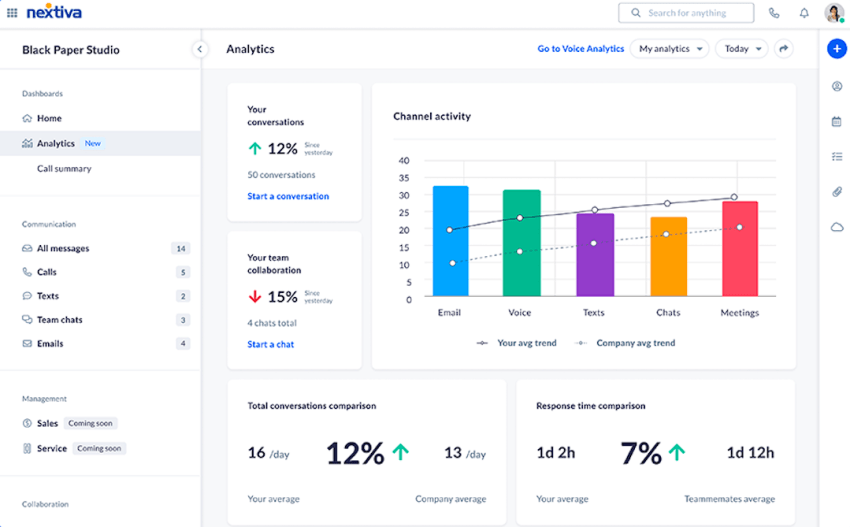
The Role of Technology in Customer Centricity
Technology is crucial in enabling customer-centricity. Here are some key technologies that can support your efforts:
- Customer Relationship Management (CRM) Systems: Centralize customer data and interactions for a 360-degree view of each customer.
- AI and machine learning: personalize customer experiences, predict customer needs, and automate routine tasks.
- Customer Feedback Platforms: Gather and analyze customer feedback in real time.
- Analytics and business intelligence tools: Turn customer data into actionable insights.
- Omnichannel Communication Tools: Ensure consistent customer experience across all touchpoints.
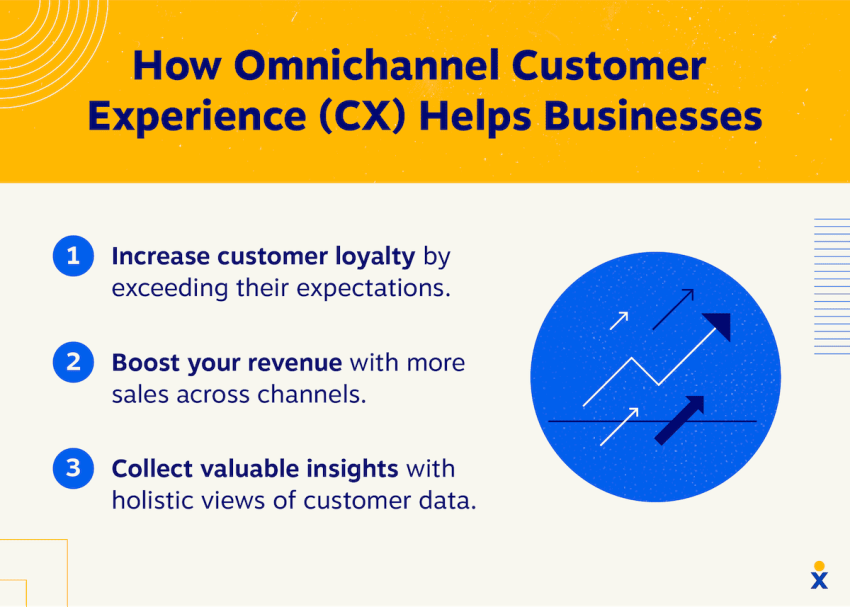
While these tools can be powerful enablers of customer-centricity, remember that technology alone isn’t the answer. It must be paired with the right strategy, processes, and, most importantly, a genuine commitment to serving your customers.
7 Metrics to Measure a Customer-Centric Culture
You need to track the right metrics to ensure your customer-centric efforts are paying off. Here are some key indicators to monitor:
- Net Promoter Score (NPS): Measures customer loyalty and likelihood to recommend your brand.
- Customer Satisfaction Score (CSAT): Gauges how satisfied customers are with specific interactions or overall experience.
- Customer Effort Score (CES): Assesses how easy it is for customers to do business with you.
- Customer Lifetime Value (CLV) calculates the total worth of a customer to your business over the course of the relationship.
- Churn Rate: Tracks the percentage of customers who stop doing business with you over a given period.
- Customer Retention Rate: Measures the percentage of customers you retain over time.
- Employee surveys: Review the scores and the verbatim about how they contribute to helping customers achieve their goals.
Remember, these metrics should be regularly reviewed and acted upon. They’re not just numbers—they’re insights into your customers’ experiences and opportunities for improvement.
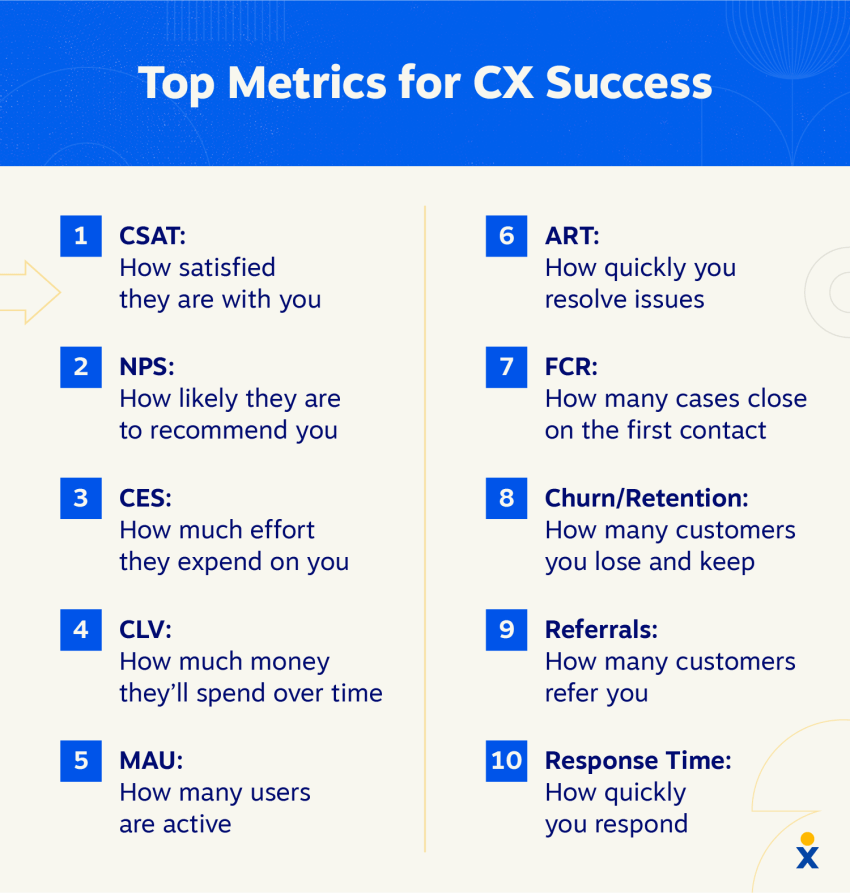
Bring Your Customer-First Culture to Life with Nextiva
Creating a customer-centric culture is not a destination but a journey. It requires ongoing commitment, continuous learning, and a willingness to adapt. But the rewards—loyal customers, sustainable growth, and a competitive edge—make it worthwhile.
As you embark on or continue your journey towards customer-centricity, remember these key takeaways:
- Customer-centricity is a holistic approach that goes beyond good customer service.
- It has a significant impact on your bottom line and brand loyalty.
- Building a customer-centric culture requires commitment from leadership, employee engagement, deep customer understanding, seamless experiences, and continuous improvement.
By putting your customers at the heart of everything you do, you’re not just building a business—you’re building relationships that will stand the test of time.
So, are you ready to create a truly customer-centric organization?
Build Amazing Customer Experiences
Transform customer experience on a Unified Customer Experience Management platform designed to help you acquire, retain, and grow your customers.
Frequently Asked Questions
The 4 C’s of consumer centricity are:
1. Customer
2. Cost
3. Convenience
4. Communication
These principles focus on understanding and meeting customer needs (Customer), providing value (Cost), making products and services easily accessible (Convenience), and maintaining open, two-way dialogue with customers (Communication). By prioritizing these areas, businesses can create a more customer-centric approach to their operations.
The seven pillars of customer centricity are:
1. Customer-First Leadership
2. Customer Understanding
3. Design and Innovation
4. Employee Empowerment
5. Seamless Experience
6. Customer Feedback Loop
7. Continuous Improvement
These pillars form the foundation of a customer-centric organization, ensuring that customer needs and preferences drive all aspects of business operations and decision-making.
Nextiva supports a customer-centric culture through its all-in-one business communication software. This system unifies voice, email, surveys, and chat, eliminating communication silos and providing a 360-degree view of customer interactions.
AI-powered analytics offer deep customer insights and sentiment analysis across all channels. By enabling seamless omnichannel experiences and empowering employees with comprehensive customer data, Nextiva helps businesses understand, communicate with, and serve customers more effectively, turning customer-centric strategies into actionable realities.

















 Customer Experience
Customer Experience 









